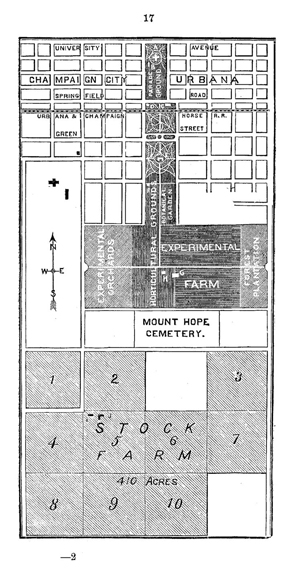Lincoln Hall Project
The Evolving Quad
The Lucky Accident
While the Quad appears to be the product of careful planning, it has in fact been labeled a “lucky accident” by historians.

Some say the Quad was inspired by the Quad at Harvard University, but no records have been found indicating as such. The space started taking shape near the turn of the 20th century, when President Andrew Draper requested that a group of buildings be placed southeast of University Hall.
The Agriculture Building (now Davenport Hall), Chemistry Building (now Noyes Laboratory), and Women’s Building (now English Building) formed early, uniform sides of the Quad. But Leon Deming and Thomas O’Donnell asserted in their 1930 history of the University that they weren’t built with a Quad in mind.
It wasn’t until 1906, as University architect C.H. Blackall puzzled over the location of the new Auditorium (now Foellinger Auditorium), that the Quad was first put on paper.
Blackall’s 1906 plan inspired a flurry of various campus studies in subsequent years that centered on the idea of an open space surrounded by buildings.
And while early campus officials may not have envisioned a Quad, they certainly saw the value in open space and greenery.
“It is the pride of the University that our grounds are roomy with ample space between buildings for extensive avenues, walks, greenward, shrubbery, and spreading trees,” said Board of Trustees member Samuel Bullard, in 1903, before the Quad took shape. “Those conditions give a charm to the work of the student and inspire and develop the best feelings of his higher nature.”
Stephen Sears, U of I assistant professor in the Department of Landscape Architecture, says this is still a common view toward campuses nationwide.
“Grass and lawn has a very deep-seeded perception in the United States as an appropriate, well-kept open space,” he says. “It is maintained that way to accommodate an academic environment.”